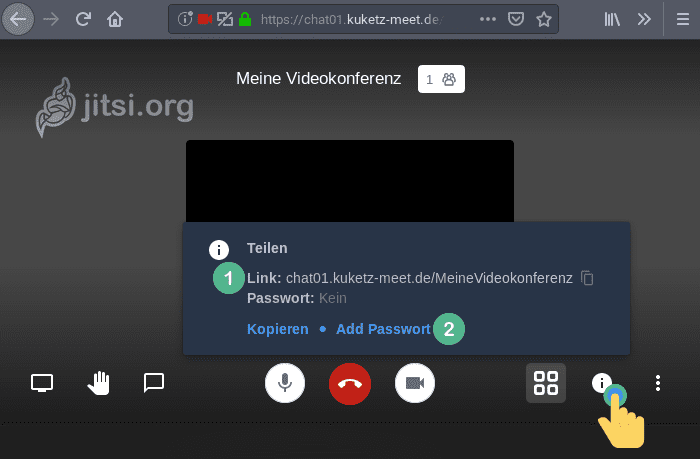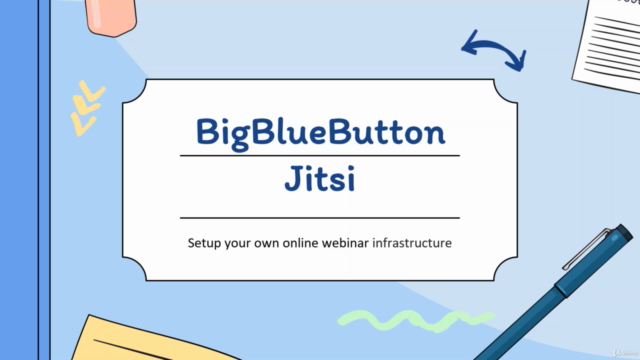

- #Jitsi security configuration form how to#
- #Jitsi security configuration form install#
- #Jitsi security configuration form update#
- #Jitsi security configuration form full#
Zoom also gives you the ability to share a video, a whiteboard, and other content. Zoom lets you share your whole screen or a portion of your screen.
#Jitsi security configuration form full#
With Jitsi, you can share your full screen or just a browser tab. Jitsi lacks many of those enhancements, but it does have a transcription feature that you can access as a premium feature after the call is over.īoth platforms support screen sharing. Turn on closed captioning and live transcription.Zoom video calls support a wide array of special effects and enhancements.
#Jitsi security configuration form how to#
Jitsi’s website has limited information on how to operate the platform, and its design lacks some of the appeal of Zoom’s. Still, Jitsi lacks the user-friendly design that Zoom is known for. However, you can easily start a meeting right from the Jitsi website, and there’s no need to sign into an account. The Jitsi Meetings browser extension also isn’t as intuitive as Zoom’s platform.
#Jitsi security configuration form install#
While the Jitsi Meet app is easy to install on a phone, it’s not as user-friendly as Zoom. Recipients can easily add the invitation to their Google calendar, and accessing the meeting is as simple as clicking on the meeting link. You’ll need to create an account with an email and password, but you can then create a meeting and share a link with invitees through email.
#Jitsi security configuration form update#
The apps install with the click of a button and automatically update as needed. This widely used platform is available as a desktop app and mobile app. Zoom has the advantage when it comes to setup and overall ease of use. Jitsi doesn’t have meeting duration limits. With Jitsi, up to 100 participants can join your meeting, but having more than that can affect the video quality. Zoom events and webinars can support more than 10,000 attendees.

Depending on your plan, meetings can allow between 100 and 1,000 attendees, and the 40-minute cap disappears. If you invest in a paid Zoom plan, you’ll enjoy larger meeting capacities. With a free Zoom plan, you can host meetings for up to 100 participants, but the meeting length is capped at 40 minutes. Several add-ons will get you special features and additional meeting capacities, but they come at a cost.

The cost of its paid plans for businesses range from $149.90 to $250 per year per user, depending on the features you need. Zoom offers multiple package options, including a free version, a plan that’s ideal for small teams, a plan suitable for medium businesses, and a plan that supports large enterprises. While both Zoom and Jitsi offer free videoconferencing, there are some limits and additional fees to be aware of. Zoom allows one-on-one meetings, and it supports video conferences, chat, phone calls, breakout rooms, webinars, and more. It offers a free option, but there are many paid add-ons. Zoom is a videoconferencing platform that’s very popular. It’s free to use and supports audio calls, videoconferencing, and messaging. Jitsi is an open-source platform that consists of Jitsi Meet and Jitsi Videobridge. Consider the following when choosing which you’ll use. When deciding which of these videoconferencing platforms is right for you, it’s important to understand how they compare in both features and performance. Jitsi is another solution that you might want to consider.

While Zoom has rapidly grown in popularity as a result, it’s not the only videoconferencing app out there. The pandemic brought the need for reliable, capable videoconferencing solutions into sharp focus. Videoconferencing tools are essential for any business today.


 0 kommentar(er)
0 kommentar(er)
